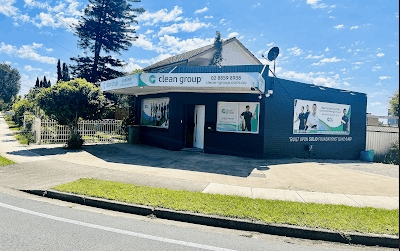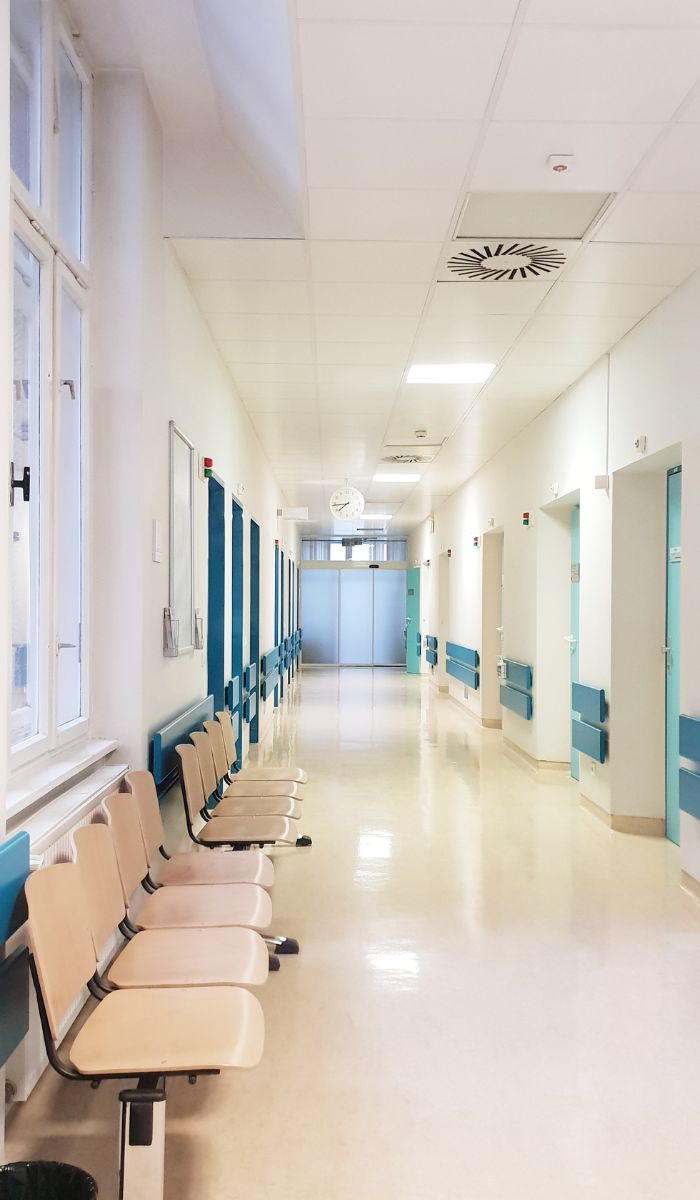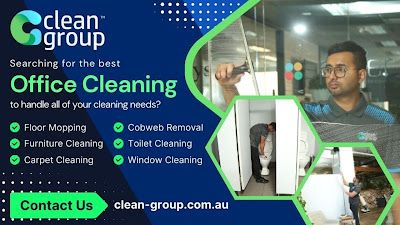
Understanding the Chemicals Used in Commercial Cleaning
Top 10 Benefits of Hiring a Commercial Cleaning Company
Cleaning methods are diverse and can be classified into mechanical and chemical processes. Many cleaning techniques rely on a combination of both. Clean Group provides comprehensive and professional Commercial Cleaning Sydney across Sydney, NSW. Our fully insured, trained, and security-verified cleaners ensure your workplace stays spotless and hygienic. Schedule a free onsite quote today—book online or call us at 02 9160 7469. Get your obligation-free commercial cleaning estimate for offices, buildings, and other business spaces in Sydney.. Washing is one of the most common methods, typically using water and soap or detergents to remove dirt and grime. Mopping is another method, which involves using a mop to clean floors, while wiping is done with a dry or moist cloth, such as paper towels or wet wipes. Pressure washing uses a high-pressure stream of water to clean surfaces and remove stubborn dirt. Wet cleaning refers to professional laundering methods that avoid chemical solvents, providing an eco-friendly option for cleaning textiles. Other specialized methods include abrasive blasting, which is used to remove bulk material from surfaces, and ultrasonic cleaning, where high-frequency sound waves are employed to clean delicate items like jewelry or medical instruments. In industrial contexts, carbon dioxide cleaning and flame cleaning are used to clean parts and surfaces exposed to extreme conditions. Green cleaning focuses on using environmentally friendly products and methods, minimizing the impact on the planet.
Sustainability is playing a larger role in shaping commercial cleaning practices. Many cleaning companies now emphasize the use of eco-friendly products that are biodegradable and non-toxic. Green cleaning initiatives are not only better for the environment, but they also contribute to a healthier indoor air quality, which is particularly important in spaces such as hospitals, schools, and offices where people spend extended periods of time. Clients are increasingly seeking certifications and assurances that cleaning companies adhere to environmentally responsible standards, pushing the industry to adapt. Some companies are even certified under green building standards like LEED (Leadership in Energy and Environmental Design), further demonstrating their commitment to sustainability.
How Hot Water Extraction Works for Commercial Carpet Cleaning


